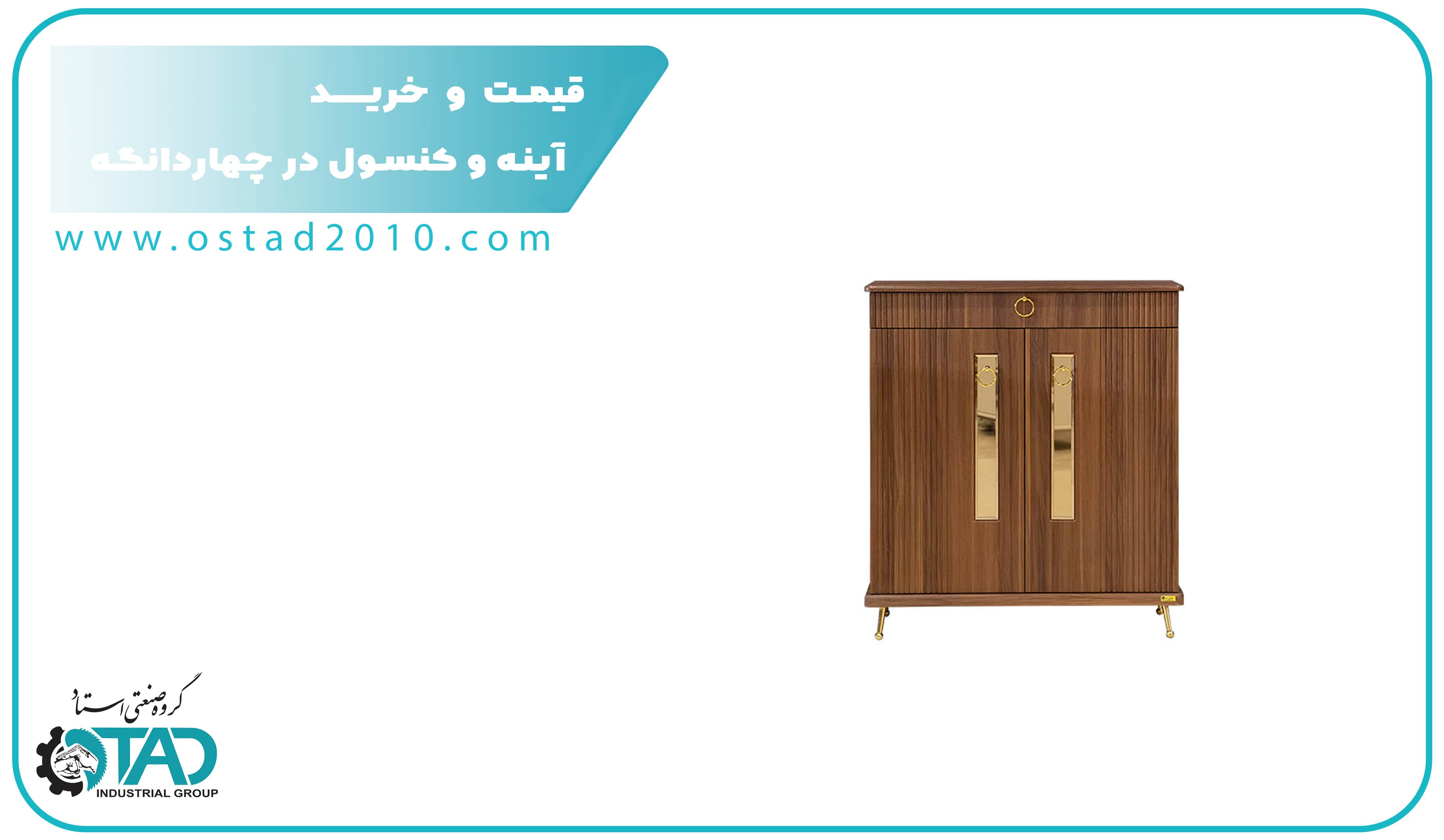
The production process of a wooden shoe cabinet, as a multi-step and artistic procedure, involves various stages from selecting raw materials to finalizing the product. This craft, deeply rooted in culture and handicrafts, has always attracted attention due to its beauty and functionality.
Selecting raw materials is one of the most important steps in producing a wooden shoe cabinet. The type and quality of wood greatly affect the durability and appearance of the final product. Hardwoods like oak and walnut are usually chosen because of their strength and longevity.
Design and planning are also key stages where designers use specialized software to create precise blueprints of the shoe cabinet. These blueprints include details regarding dimensions and how parts will be joined together.
After designing, the wood is cut and shaped. This step requires high precision to ensure parts are cut correctly and to exact measurements. Assembly and joining is a vital stage where pieces are connected using nails, screws, or glue.
Finally, sanding, painting, and finishing are performed to achieve a smooth and beautiful surface on the shoe cabinet. These steps not only enhance aesthetics but also increase the product’s durability.
Attention to environmental aspects and use of eco-friendly materials has become increasingly important. Manufacturers strive to use sustainably sourced wood and energy-efficient methods to minimize environmental impact.
This article will examine each stage of the wooden shoe cabinet production process in detail and discuss key points and challenges. The main goal is to provide a comprehensive and practical overview for manufacturers, designers, and enthusiasts in this field.
Which types of wood are suitable for wooden shoe cabinet production?
Choosing the right type of wood is crucial for producing a wooden shoe cabinet. Different woods, each with specific features and benefits, can significantly affect the quality and appearance of the final product. Some suitable woods include:
Oak: Hard and durable with a rough, beautiful grain. Benefits: high durability, resistance to impact and wear, classic and attractive appearance.
Walnut: Luxurious and beautiful, dark-colored with a smooth texture. Benefits: high strength, uniform grain, excellent stainability.
Maple: Light-colored with a dense grain. Benefits: suitable hardness, high durability, impact resistance.
Pine: Softer, light-colored with a natural grain. Benefits: affordable, lightweight, warm appearance.
Aspen: Light brown with a smooth texture. Benefits: affordable and highly practical for construction.
Wood selection should consider the specific needs of the project, budget, aesthetics, and maintenance conditions. Hardwoods like oak and walnut are often preferred for wooden shoe cabinets due to their greater strength.
Important points in the inspection and quality control stage of wooden shoe cabinets
During the inspection and quality control phase, several important points should be considered to ensure the final product meets desired quality and standards:
Joint inspection: Ensure the strength and durability of the connections between wooden parts. Check for any defects or cracks at joints that might affect overall stability.
Surface finishing: Evaluate the surface for smoothness and absence of irregularities. Inspect sanding and painting quality to ensure a uniform, blemish-free finish.
Painting and final coating: Assess paint and coating quality to prevent scratches and environmental damage. Confirm proper penetration of paint into wood for adequate protection.
Overall strength: Perform physical tests to measure strength and weight tolerance of the shoe cabinet. Check resistance to pressure and impact, especially in load-bearing areas.
Aesthetic inspection: Evaluate overall appearance including design, color, and wood grain. Ensure final product aligns with aesthetic standards.
Wood moisture control: Measure moisture content to prevent rot and quality degradation. Confirm moisture is within acceptable limits to enhance durability.
Proper packaging: Use suitable packaging materials to protect the product during transport. Inspect packaging methods to guard against shocks and weather conditions.
By adhering to these inspection and quality control points, manufacturers can ensure that produced shoe cabinets are not only beautiful but also durable and practical.
Final words
Producing a wooden shoe cabinet is an artistic and technical process that requires attention to detail at every stage. Selecting the right wood, precise design, accurate cutting and shaping, and thorough quality control are all key factors in achieving a high-quality and attractive product.
Inspection and quality control play a crucial role in ensuring the durability and beauty of the shoe cabinet. Focusing on important aspects such as joint strength, surface finishing, and moisture control can lead to products with long lifespans and customer satisfaction.
Ultimately, wooden shoe cabinet production requires not only technical skills but also care and passion to combine beauty and functionality. With ongoing trends in design and manufacturing, this industry can continue to grow and advance. Paying close attention to quality and detail at each stage is the key to success in this field. We hope by following these guidelines, you will produce high-quality shoe cabinets with attractive designs that not only meet customer needs but also add special beauty to interior spaces.
Web Design By Mr.Coder